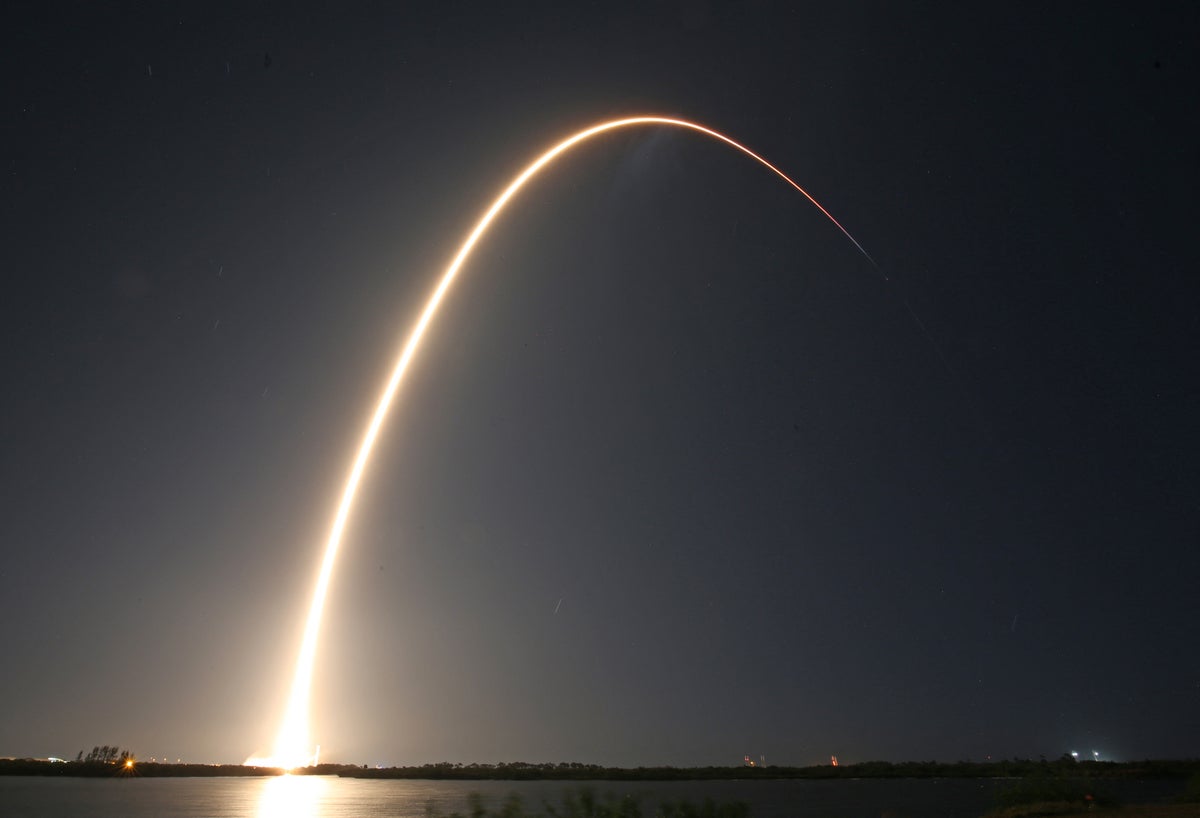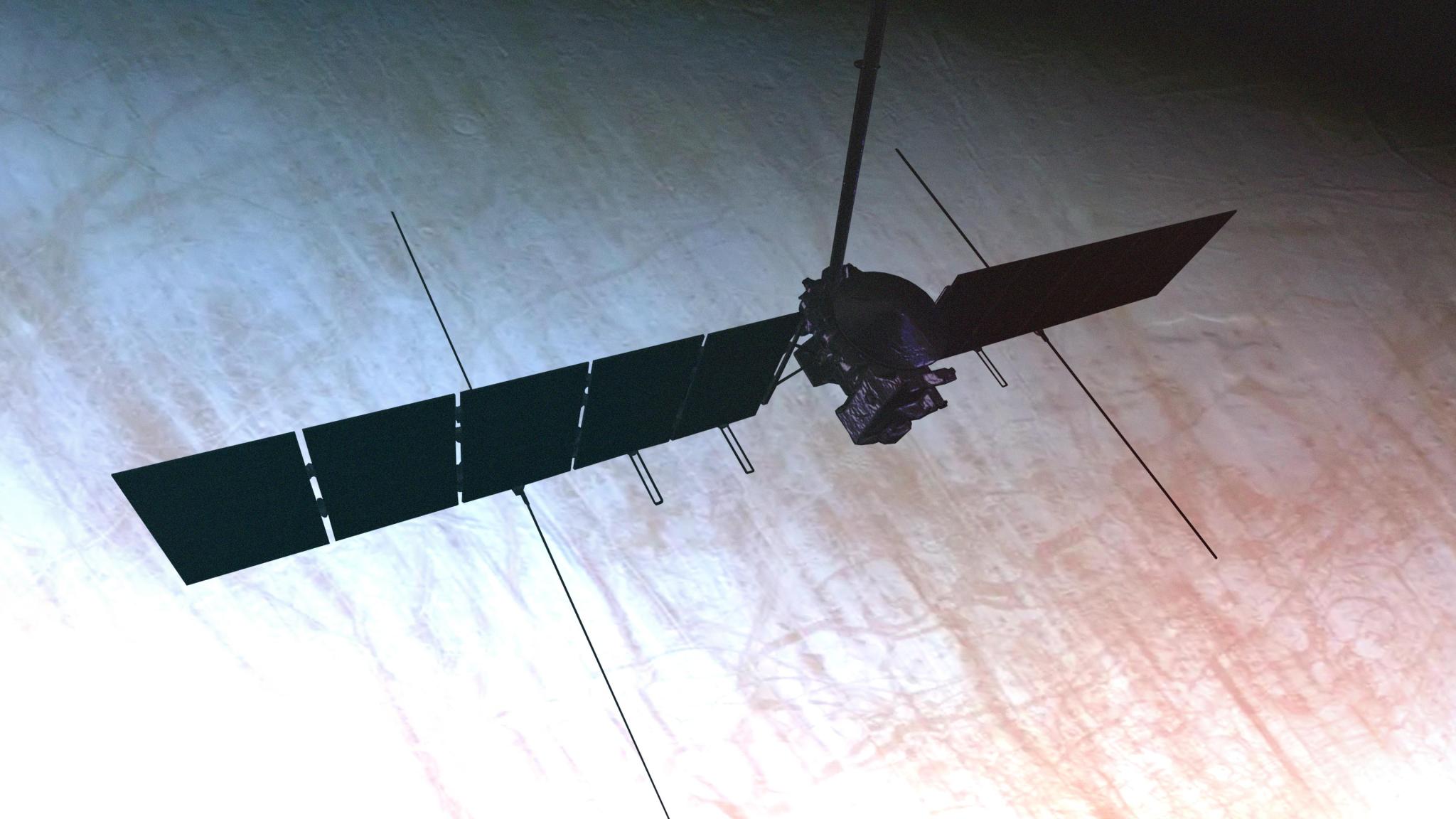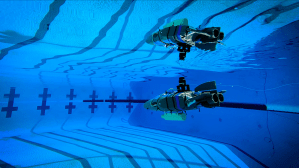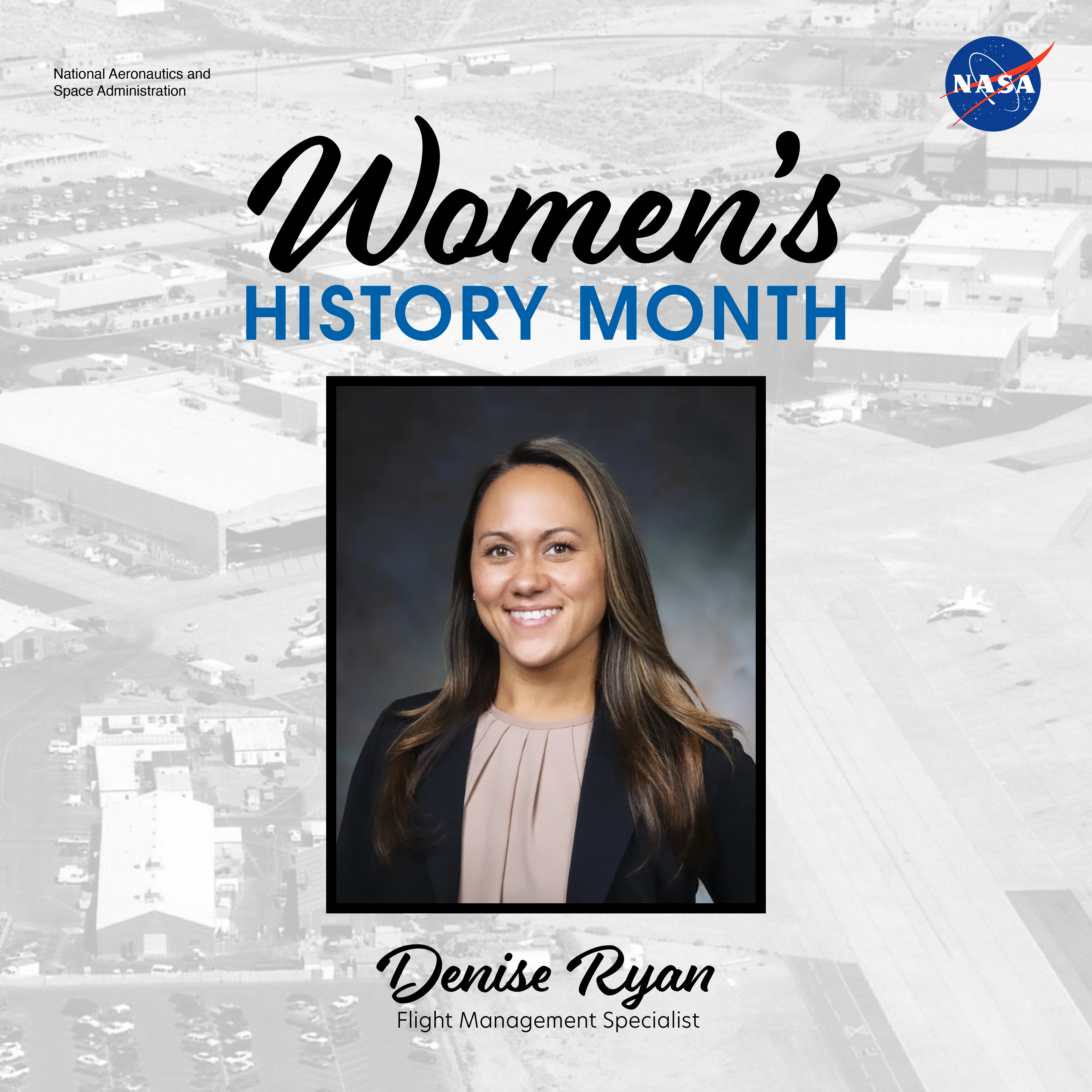NASA’s Europa Clipper: Millions of Miles Down, Instruments Deploying
Headed to Jupiter’s moon Europa, the spacecraft is operating without a hitch and will reach Mars in just three months for a gravity assist. NASA’s Europa Clipper, which launched Oct. 14 on a journey to Jupiter’s moon Europa, is already 13 million miles (20 million kilometers) from Earth. Two science instruments have deployed hardware that […]
5 min read
Preparations for Next Moonwalk Simulations Underway (and Underwater)
Headed to Jupiter’s moon Europa, the spacecraft is operating without a hitch and will reach Mars in just three months for a gravity assist.
NASA’s Europa Clipper, which launched Oct. 14 on a journey to Jupiter’s moon Europa, is already 13 million miles (20 million kilometers) from Earth. Two science instruments have deployed hardware that will remain at attention, extending out from the spacecraft, for the next decade — through the cruise to Jupiter and the entire prime mission.
A SpaceX Falcon Heavy rocket launched it away from Earth’s gravity, and now the spacecraft is zooming along at 22 miles per second (35 kilometers per second) relative to the Sun.
Europa Clipper is the largest spacecraft NASA has ever developed for a planetary mission. It will travel 1.8 billion miles (2.9 billion kilometers) to arrive at Jupiter in 2030 and in 2031 will begin a series of 49 flybys, using a suite of instruments to gather data that will tell scientists if the icy moon and its internal ocean have the conditions needed to harbor life.
For now, the information mission teams are receiving from the spacecraft is strictly engineering data (the science will come later), telling them how the hardware is operating. Things are looking good. The team has a checklist of actions the spacecraft needs to take as it travels deeper into space. Here’s a peek:
Boom Times
Shortly after launch, the spacecraft deployed its massive solar arrays, which extend the length of a basketball court. Next on the list was the magnetometer’s boom, which uncoiled from a canister mounted on the spacecraft body, extending a full 28 feet (8.5 meters).
To confirm that all went well with the boom deployment, the team relied on data from the magnetometer’s three sensors. Once the spacecraft is at Jupiter, these sensors will measure the magnetic field around Europa, both confirming the presence of the ocean thought to be under the moon’s icy crust and telling scientists about its depth and salinity.
On the Radar
After the magnetometer, the spacecraft deployed several antennas for the radar instrument. Now extending crosswise from the solar arrays, the four high-frequency antennas form what look like two long poles, each measuring 57.7 feet (17.6 meters) long. Eight rectangular very-high-frequency antennas, each 9 feet (2.76 meters) long, were also deployed — two on the two solar arrays.
“It’s an exciting time on the spacecraft, getting these key deployments done,” said Europa Clipper project manager Jordan Evans of NASA’s Jet Propulsion Laboratory in Southern California. “Most of what the team is focusing on now is understanding the small, interesting things in the data that help them understand the behavior of the spacecraft on a deeper level. That’s really good to see.”
Instrument Checkout
The remaining seven instruments will be powered on and off through December and January so that engineers can check their health. Several instruments, including the visible imager and the gas and dust mass spectrometers, will keep their protective covers closed for the next three or so years to guard against potential damage from the Sun during Europa Clipper’s time in the inner solar system.
Mars-Bound
Once all the instruments and engineering subsystems have been checked out, mission teams will shift their focus to Mars. On March 1, 2025, Europa Clipper will reach Mars’ orbit and begin to loop around the Red Planet, using the planet’s gravity to gain speed. (This effect is similar to how a ball thrown at a moving train will bounce off the train in another direction at a higher speed.) Mission navigators already have completed one trajectory correction maneuver, as planned, to get the spacecraft on the precise course.
At Mars, scientists plan to turn on the spacecraft’s thermal imager to capture multicolored images of Mars as a test operation. They also plan to collect data with the radar instrument so engineers can be sure it’s operating as expected.
The spacecraft will perform another gravity assist in December 2026, swooping by Earth before making the remainder of the long journey to the Jupiter system. At that time, the magnetometer will measure Earth’s magnetic field, calibrating the instrument.
More About Europa Clipper
Europa Clipper’s three main science objectives are to determine the thickness of the moon’s icy shell and its interactions with the ocean below, to investigate its composition, and to characterize its geology. The mission’s detailed exploration of Europa will help scientists better understand the astrobiological potential for habitable worlds beyond our planet.
Managed by Caltech in Pasadena, California, JPL leads the development of the Europa Clipper mission in partnership with the Johns Hopkins Applied Physics Laboratory in Laurel, Maryland, for NASA’s Science Mission Directorate in Washington. APL designed the main spacecraft body in collaboration with JPL and NASA’s Goddard Space Flight Center in Greenbelt, Maryland, NASA’s Marshall Space Flight Center in Huntsville, Alabama, and Langley Research Center in Hampton, Virginia. The Planetary Missions Program Office at Marshall executes program management of the Europa Clipper mission. NASA’s Launch Services Program, based at Kennedy, managed the launch service for the Europa Clipper spacecraft.
Find more information about Europa Clipper here:
https://science.nasa.gov/mission/europa-clipper
News Media Contacts
Gretchen McCartney
Jet Propulsion Laboratory, Pasadena, Calif.
818-287-4115
gretchen.p.mccartney@jpl.nasa.gov
Karen Fox / Molly Wasser
NASA Headquarters, Washington
202-358-1600
karen.c.fox@nasa.gov / molly.l.wasser@nasa.gov
2024-163
Share
Details
Related Terms
What's Your Reaction?















































